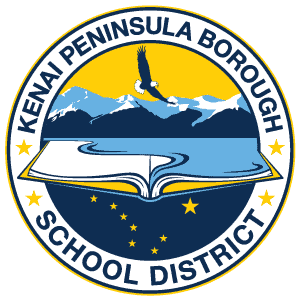Alaska Employability Standards
Alaska Employability Standards
Adopted by Alaska State Board of Education September 29, 1998
Employability Standards are a critical part of student learning. Proficiency in achieving the content standards is fundamental to creating an employable individual. These employability standards are to be used in conjunction with Alaska’s academic content standards to ensure Alaska students have the skills and knowledge necessary to be good citizens, good parents, good workers, and most of all, life-long learners. Alaska students are expected to learn how to learn and apply their skills and knowledge in a variety of settings to create a rich and satisfying life. These standards are designed to promote successful student transition from school to work.
|
| A student should be able to develop and be able to use employability skills in order to effectively make the transition from school to work and life-long learning. |
A student who meets the content standard should: - Develop and maintain a work ethic necessary for success in the workplace that includes honesty, integrity, dependability, punctuality, self discipline, initiative, reliability, accuracy, productivity, respect and perseverance;
- Understand how to apply skills and academic knowledge in a variety of work settings;
- Understand the process for seeking employment including resume development, application completion, interview skills and appropriate dress for work settings;
- Understand the process for developing self-employment opportunities including marketing studies, business plan development, and managing business finances;
- Understand how an individual job fits into the overall organization and how the organization fits into the overall economy;
- Understand the need for safe practices in workplaces;
- Understand employer and employee rights and responsibilities.
|
|
| A student should be able to identify career interests and plan for career options. |
A student who meets the content standard should: - Identify and appreciate personal interests, aptitudes, abilities, and priorities;
- Identify possible career options, considering both employment and self employment and understand how changes in the workplace affect career choice;
- Use labor market information to identify occupational and economic treads and opportunities, and evaluate possible career options.
- Identify education and/or training needed for career options and advancement, and develop a career plan;
- Identify resources available to support education and training related to career possibilities.
|
